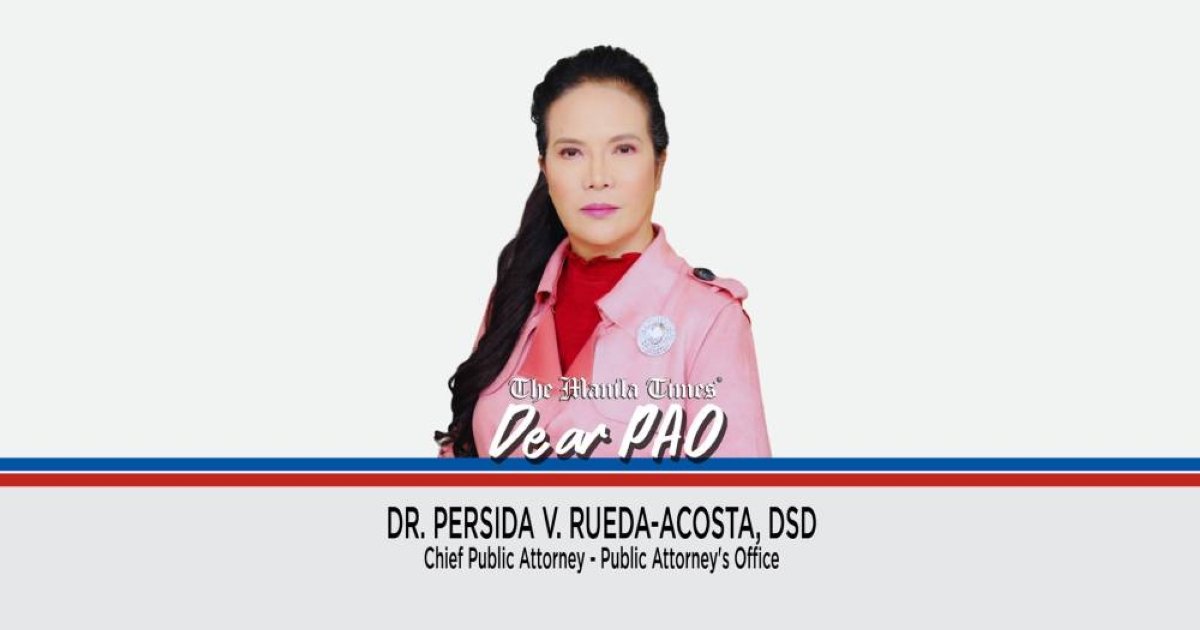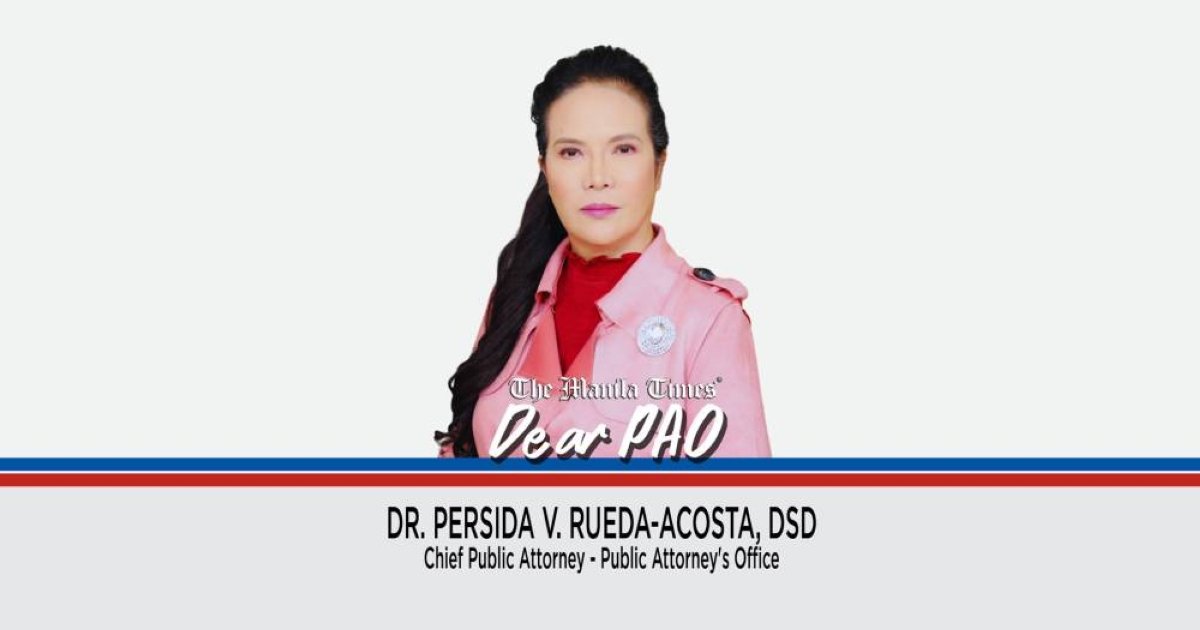Dear PAO,
My brother was allegedly apprehended for selling prohibited drugs. A corresponding case was filed against him. He, however, had a different version. He revealed to me that the police had just brought him to the police, where he was made to point to a plastic sachet containing a white substance. His photo was taken in front of the plastic sachet and in the presence of a barangay official and the media. Then, the police proceeded to mark the plastic sachet. According to my uncle, who happens to be a policeman, the evidence should be marked at the place where my brother was caught selling illegal drugs, so the procedure adopted by the arresting officers is irregular. May I know the guidelines that should be followed or when and how the marking of seized prohibited drugs should be done? What is the consequence of non-compliance with the guidelines in the marking of evidence?
Harry
Dear Harry,

Selling of prohibited drugs is punishable under Section 5, Article II of Republic Act (RA) 9165, as amended, or the Comprehensive Dangerous Drugs Act of 2002:
“The penalty of life imprisonment to death and a fine ranging from Five hundred thousand pesos (P500,000.00) to Ten million pesos (P10,000,000.00) shall be imposed upon any person who, unless authorized by law, shall sell, trade, administer, dispense, deliver, give away to another, distribute dispatch in transit or transport any dangerous drug, including any and all species of opium poppy regardless of the quantity and purity involved, or shall act as a broker in any of such transactions.
“xxx”
The marking of evidence must be done in accordance with the guidelines set in the case of People of the Philippines v. Verdadero, GR 258316, Nov. 20, 2023, where the Supreme Court, through Associate Justice Rodil Zalameda, stated:
“We emphasized and where and in whose presence marking must be conducted, to wit: Consistency with the ‘chain of custody’ rule requires that the ‘marking’ of the seized items to truly ensure that they are the same items that enter the chain and are eventually the ones ‘offered in evidence — should be done (1) in the presence of the apprehended violator (2) immediately upon confiscation. This step initiates the process of protecting innocent persons from dubious and concocted searches, and of protecting as well the apprehending officers from harassment suits based on planting of evidence under Section 29 and on allegations of robbery or theft.”
The Supreme Court went further and said:
“In Nisperos vs. People, We adopted the following guidelines in order to guide the bench, the bar, and the public, particularly our law enforcement officers:
“1. The marking of the seized dangerous drugs must be done:
“a) Immediately upon confiscation;
“b) At the place of confiscation; and
“c) In the presence of the offender (unless the offender eluded the arrest);
“2. The conduct of inventory and taking of photographs of the seized dangerous drugs must be done:
“a) Immediately after seizure and confiscation;
“b) In the presence of the accused, or the person/s from whom such items were confiscated and/or seized, or his/her representative or counsel; and
“c) Also in the presence of the insulating witnesses, as follows:
“i. if the seizure occurred during the effectivity of R.A. No. 9165, or from July 4, 2002 until August 6, 2014, the presence of three (3) witnesses, namely, an elected public official, a Department of Justice (DoJ) representative, and a media representative;
“ii. if the seizure occurred after the effectivity of R.A. No. 10640, or from August 7, 2014 onward, the presence of two (2) witnesses, namely, an elected public official and a National Prosecution Service representative or a media representative.
“3. ln case· of any deviation from the foregoing, the prosecution must positively acknowledge the same and prove (1) justifiable ground/s for non-compliance and (2) the proper preservation of the integrity and evidentiary value of the seized item/s.”
Applying the afore-cited decision in your situation, the failure of the police, without offering justifiable grounds for non-compliance, to mark the seized evidence in the place where your brother was arrested and in the presence of the mandatory witnesses would seriously compromise the integrity and evidentiary value of the evidence which was presented against him.
We hope that we were able to answer your queries. Please be reminded that this advice is based solely on the facts you have narrated and our appreciation of the same. Our opinion may vary when other facts are changed or elaborated on.
Editor’s note: Dear PAO is a daily column of the Public Attorney’s Office. Questions for Chief Acosta may be sent to [email protected]










